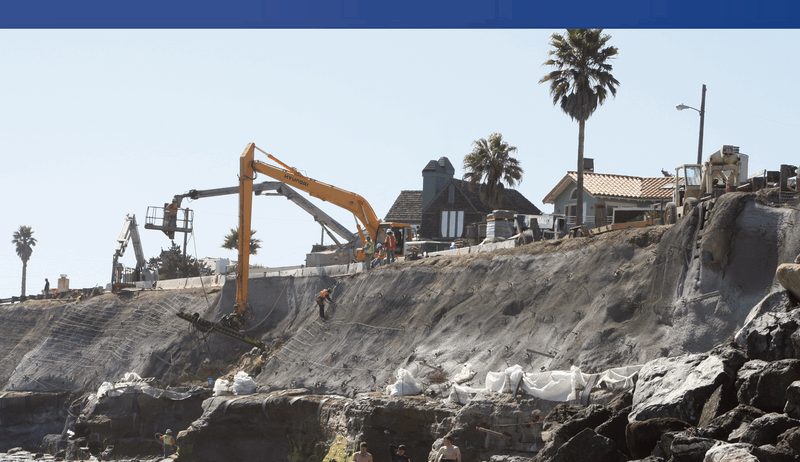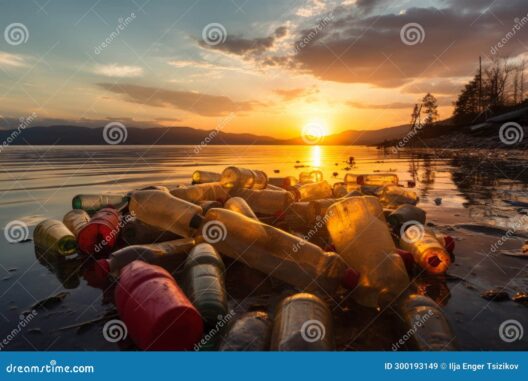Indonesia, an archipelagic nation consisting of over 17,000 islands, stands at the frontlines of climate change. With rising sea levels and ocean warming presenting formidable challenges, the nation’s socio-economic fabric is in jeopardy. The discourse surrounding these challenges necessitates a multi-faceted examination encompassing the environmental, social, and economic spheres. This article delves into the implications of climate change on Indonesia’s coasts, adaptive strategies being employed, and the collaborative efforts necessary to safeguard the future of this biodiversity-rich nation.
The implications of rising sea levels in Indonesia are staggering. Projections indicate that many coastal areas could be submerged by 2050, affecting millions of inhabitants whose livelihoods depend on coastal ecosystems. Coastal erosion is becoming increasingly prevalent, with many regions experiencing land loss. Salinization of freshwater resources poses an additional threat, as saltwater intrudes into aquifers, compromising drinking water quality and agricultural productivity. The fishing sector is severely impacted as well, with altered marine habitats and diminished fish stocks due to ocean warming.
Ocean warming exacerbates these issues, leading to coral bleaching, decreased marine biodiversity, and alterations in fish migration patterns. As the thermal regime of oceans shifts, marine ecosystems are disrupted, altering the foundations upon which local economies are built. Coral reefs, often referred to as the “rainforests of the sea,” face existential threats as they struggle to adapt to new thermal conditions. Consequently, a decline in reef health translates to diminished resources for communities reliant on fishing and tourism.
Adapting to rising sea levels necessitates innovative strategies that bridge traditional knowledge with contemporary science. Indonesia has initiated a variety of adaptation measures that focus on sustainable practices and infrastructure development. One of the primary approaches involves the restoration of mangroves and other coastal vegetation. These natural buffers serve as carbon sinks and provide essential habitat for marine life while protecting coastlines from erosion and storm surges. Rehabilitated mangrove ecosystems not only bolster biodiversity but also enhance local fisheries, creating cyclical benefits for surrounding communities.
In addition to ecosystem-based adaptation, there is a growing emphasis on coastal engineering solutions. Seawalls and tidal barriers are being constructed in various regions to mitigate the impacts of flooding and protect urban settlements. However, these solutions can be costly and may not always be viable in sensitive ecological zones. Therefore, a balance must be struck between hard engineering solutions and nature-based approaches, ensuring that interventions do not inadvertently harm biodiversity or disrupt natural processes.
Moreover, community engagement is paramount in fostering resilience among vulnerable populations. Education and awareness campaigns are crucial in disseminating information about the impacts of climate change and encouraging community-wide participation in adaptation initiatives. When local populations are actively involved, they can harness their knowledge of the environment to develop context-specific solutions that are culturally appropriate and effective.
It is also essential to acknowledge the role of policy and governance in addressing climate change challenges. The Indonesian government has made strides toward integrating climate change considerations into development planning, but gaps remain in implementation and enforcement. Establishing robust legal frameworks that promote sustainable land use and marine resource management is critical. Policies should incentivize the protection of coastal ecosystems while ensuring equitable access to resources for all community members.
Research and innovation play crucial roles in understanding and tackling these challenges. Indonesia has the opportunity to become a hub for climate research, leveraging its diverse ecosystems as living laboratories for studying adaptation strategies. Collaborations between educational institutions, government agencies, and NGOs can foster a rich environment for innovation, yielding new technologies and methodologies for mitigating climate impacts.
International cooperation must also be pursued to combat the global nature of climate change. As an archipelago, Indonesia is particularly vulnerable to climate-induced migration and displacement. Coordinated efforts with neighboring countries and organizations can address transboundary issues related to climate impacts, ensuring that vulnerable populations receive necessary support and resources. Financial mechanisms, such as climate adaptation funds, can bolster local initiatives and facilitate the adoption of new technologies.
Lastly, continuous monitoring and assessment of climate impacts and adaptation strategies are essential for long-term resilience. Establishing comprehensive data collection systems allows for informed decision-making and timely interventions. This iterative process will ensure that initiatives remain effective and relevant amidst the rapidly evolving landscape of climate change.
In conclusion, Indonesia’s shifting seas present a multiplicity of challenges that demand a holistic and integrated approach to adaptation. By prioritizing ecological restoration, investing in community engagement, fostering innovative research, and enhancing policy frameworks, Indonesia can navigate the detrimental effects of climate change while safeguarding its rich biodiversity and cultural heritage. The journey toward climate resilience is multifaceted, but through collaboration and determination, there is hope for a sustainable future amidst the rising tides.








